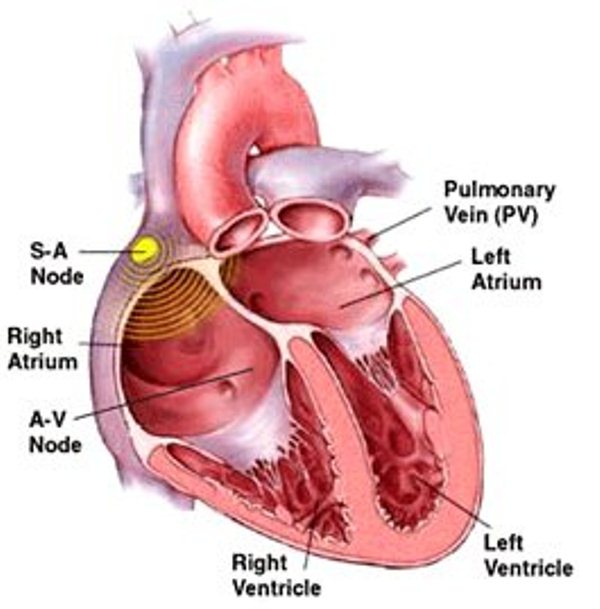Home » natural health »
The Vita-Nutrient Solutions Part 2
Angina Pectoris
The words mean ‘chest pain’, and this is the most characteristic symptom of a narrowing or spasm of the coronary vessels – the ones that supply the heart’s life blood. Because the chest pain can herald an impending heart attack, I recommend doses beyond those in the general cardiovascular protocol, as the following will show. Note that the list is headed by arginine, which, along with a remarkable non-nutritional complementary practice called chelation therapy, is my treatment of choice for angina.
Arrhythmia and Mitral Valve Prolapse An irregular heartbeat poses a different threat from that of angina. Although the worst- case scenario is sudden death, the more usual occurrence is simply the disturbing symptom of palpitations. Mitral valve prolapse, a billowing out of an undamaged valve, can lead to rhythm abnormalities and is also included here.
Cardiomyopathy and Congestive Heart Failure Heart failure is the result of the organ’s inability to maintain the effectiveness of its blood-pumping activity. This leads to fluid buildup in the lungs and in the legs. Cardiomyopathy refers to a variety of conditions impairing the heart’s pumping ability, which are fairly common causes of heart failure. Increased doses of the following nutrients are helpful in counteracting this dangerous condition:
BLOOD LIPID ELEVATIONS
Elevated levels of blood lipids, such as cholesterol and triglycerides, are one of the most widespread causes of heart attacks strokes and clogging of the arteries in general. Remember, despite all the publicity, high cholesterol is not a disease. Rather, it and other lipid abnormalities are simply predictive factors for a hardening of the arteries. Therefore, changing lipid levels without changing the reason they are elevated may neither prevent nor reverse the illness. However, by consistently bringing these blood markers for heart and artery health under control, diet and nutrient therapy, will, at the very least, allow you to avoid side effect-laden cholesterol drugs. Some people get the best results by restricting saturated fats, while others do better if they eliminate all sugar from their diet and reduce consumption of carbohydrates. You must learn which works best for you. In either case, your lipid levels should improve if you add the nutrients that correspond to your particular need.
High Triglycerides and Low HDL Cholesterol High triglycerides and low HDL levels are the two lipid abnormalities that are clearly and unequivocally linked both to insulin resistance and to the intake of carbohydrates. People who are resistant to insulin should avoid excess carbohydrates or even ‘average’ levels of carbohydrate, because their body chemistry turns the carbohydrates into triglycerides, which in turn seem to inhibit the formation of HDL, or the ‘good’ cholesterol.
People whose trigylceride levels are more than double their HDL levels (in mg/ml) do better on carbohydrate restriction, so you must be sure to avoid sugar in all its forms, even fruit and fruit juices, and you should keep your intake of starches to a minimum. In treating for high triglycerides, you should follow the regime for ‘High Cholesterol’
Hypertension
Hypertension (or high blood pressure) is an important risk factor for stroke. While scientists debate what actually causes hypertension, one thing is clear: it is very responsive to nutrient and diet therapy. A low-carbohydrate diet is important, because this helps bring down the elevated insulin response that appears to be one of the major causes of hypertension.
One caveat for hypertensives: introduce vitamin E slowly if you have not taken it before, because at first it may slightly increase high blood pressure. This is best done under the supervision of a doctor.





